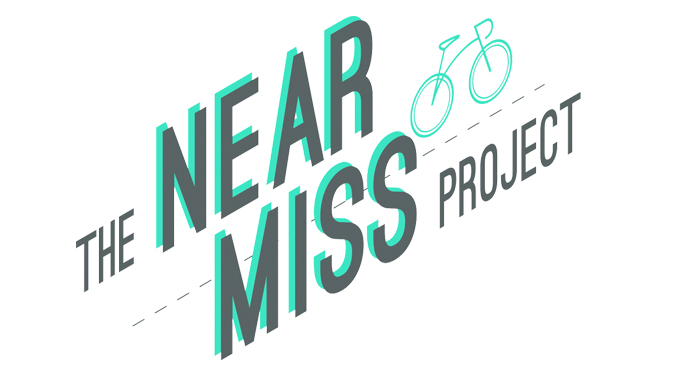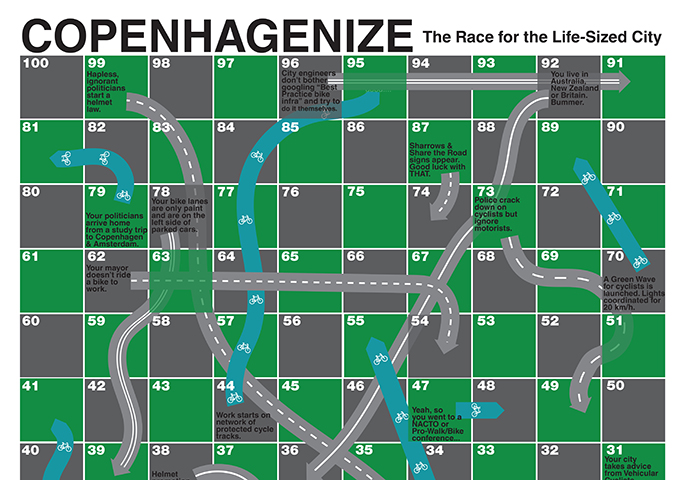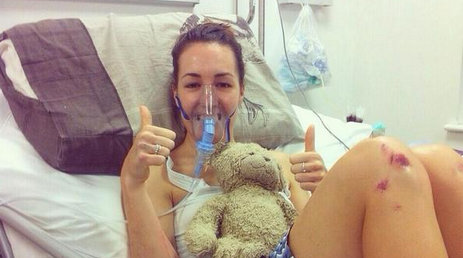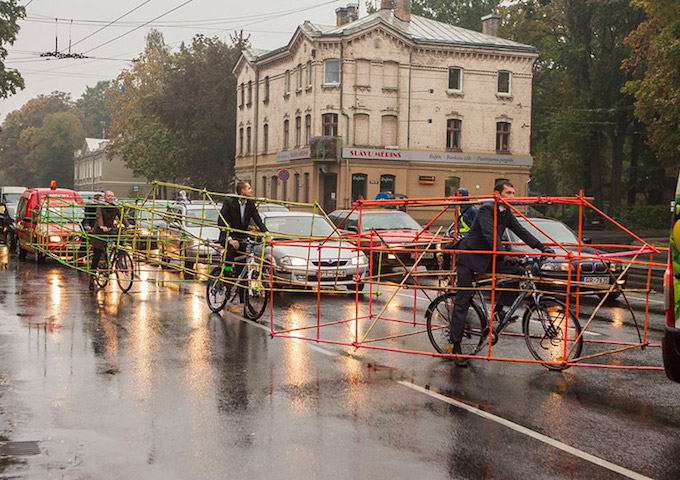
We can’t recommend cycling enough – which isn’t surprising, really! It’s great for so many reasons, and for the most part very safe. But most cyclists will experience an incident, a near miss, at some point on their rides.
Although there are ways of reporting these near misses, such as the Metropolitan Police RoadSafe reporting scheme, knowledge of where and when these near misses happen, the circumstances they happen in, and the effect they have on the cyclist in question is lacking.
This is where the new Near Miss Project comes into play. It aims to study them, raise awareness of them and ultimately help prevent them by using the results to inform planners and policy makers.
Led by Dr Rachel Aldred, a Senior Lecturer in Transport at Westminster University, the researchers on the project include experts from Goldsmiths and Lancaster University, the creator of Blaze Lazerlights Emily Brooke, and writer and broadcaster Jack Thurston.
“[The decision to conduct this research came from] my interest in improving the cycling experience, not just reducing deaths and injuries, as important as that is, and also wondering whether we could use near misses to improve safety as the rail and air industries do.
There’s been very little research although there was a pioneering diary study in Oxford in the early 1990s (Joshi et al), and there’s a bit of work on actual harassment (e.g. Heesch et al) and some work specifically on close overtaking (e.g. Walker et al).” Commented Dr Aldred.
The project is asking people to complete a One Day Diary, recording any near misses they experiences over the course of one day of their choosing between the 20th October and the 2nd of November. Participants can be from any part of the country.
The research team will also analyse evidence from other sources, such as Metropolitan Police reports and helmet camera footage.
Evidence is hard to argue with, and the evidence is stronger the more data there is, therefore we really want to encourage you to take part in this, and spread the word too.
So what constitutes a ‘near miss’ for this study? The project state that ‘Near misses can range from rudeness (or apologetic kindness!) to near-collisions. They effect people in different ways.’ The Project website also helpfully provides a selection of videos to illustrate.
Dr Aldred clarifies this further: “We will tell people we are interested in hearing about any incident they experience while cycling that means they have to take avoiding action and/or that they find annoying or scary. So it will cover e.g. being intimidated by a motorist behind them (which wouldn’t strictly be a ‘near miss’ perhaps).”
The results of the research, when completed, will be freely and publically available, subject to participants’ agreement and available for further anaylysis by other researchers. They will also be reported in a special edition of The Bike Show, written up on the Near Miss Project website, and distributed as briefings and events for stakeholders.
If you would like to take part in the Near Miss Project, visit the website and sign up. You can also get involved using the #nearmiss hashtag, and by following the project on twitter @NearMissProject.
Like this? You’ll find these useful too.
5 Surprising Things it’s Legal To Do When Cycling
Davina McCall’s Top 10 Tips to Getting Back in the Saddle
Top Tips for Cycling in Traffic
References:
Heesch, K.C., Sahlqvist, S. and Garrard, J. 2011 Cyclists’ experiences of harassment from motorists: Findings from a survey of cyclists in Queensland, Australia, Preventive Medicine 53(6) pp. 417–420
Joshi , M.S., Senior, V. and Smith, G.P. 2001 A diary study of the risk perceptions of road users, Health, Risk and Society, 3:3, 261-279
Walker, I., Garrard, I. and Jowitt, F., 2014. The influence of a bicycle commuter’s appearance on drivers’ overtaking proximities: an on-road test of bicyclist stereotypes, high-visibility clothing and safety aids in the United Kingdom. Accident Analysis and Prevention, 64, pp. 69-77





